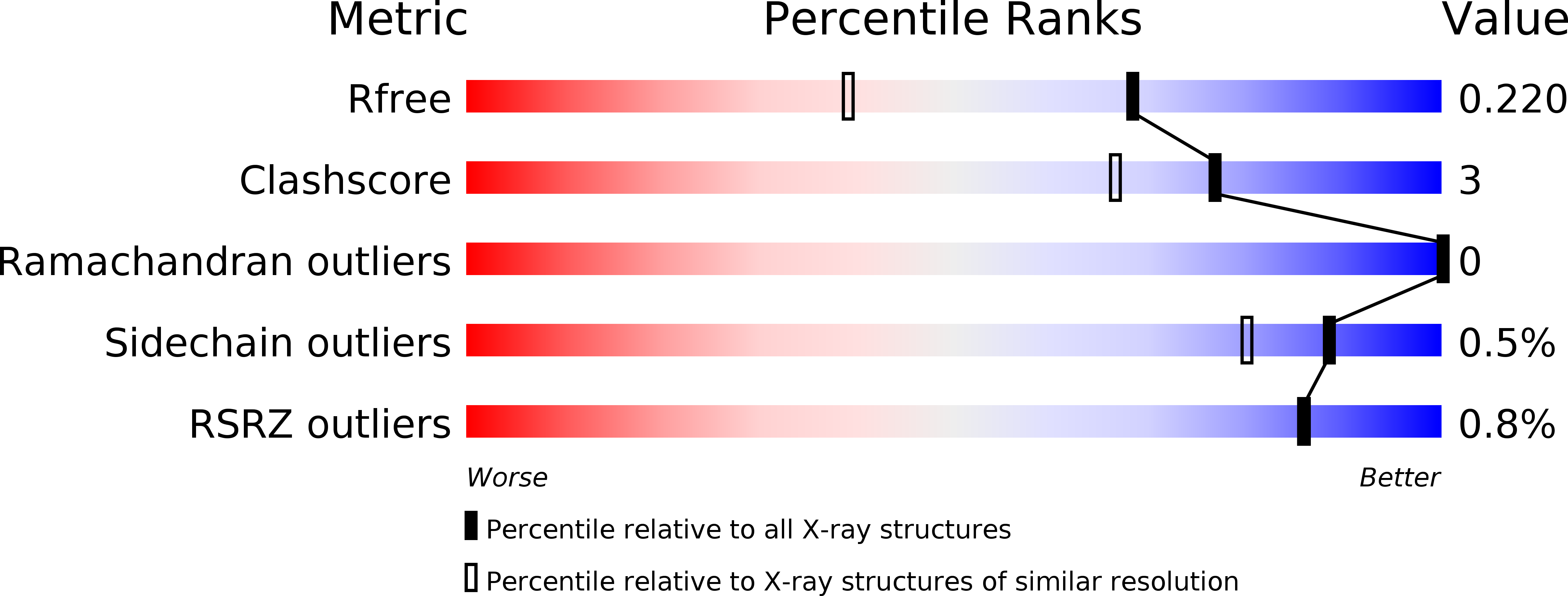
Deposition Date
2017-02-07
Release Date
2017-03-29
Last Version Date
2024-03-06
Entry Detail
PDB ID:
5PPC
Keywords:
Title:
PanDDA analysis group deposition -- Crystal Structure of BRD1 after initial refinement with no ligand modelled (structure 12)
Biological Source:
Source Organism:
Homo sapiens (Taxon ID: 9606)
Host Organism:
Method Details:
Experimental Method:
Resolution:
1.61 Å
R-Value Free:
0.21
R-Value Work:
0.17
R-Value Observed:
0.17
Space Group:
P 21 21 21


